|
By Sinéad Hughes, Head Conservation, Carrig Conservation International
Carrig recently came up with the idea of hosting a 2km heritage challenge whereby we invited people to share photos and descriptions of local heritage from their neighbourhoods. If you had a peek at our piece, you’ll know that the challenge is our way of making the most of the 2km radius limit imposed on us all to reduce the spread of Coronavirus. The team’s been thrilled with the positive response and it’s been wonderful to receive photos and stories about local heritage from those willing to share.
My Carrig colleagues have continued to spot special structures, features and places in their own localities. Angela’s entry to the challenge takes us to an area in the heart of the Irish countryside. Within her 2km radius are the remains of a vernacular building which is the last surviving structure of a traditional farmstead. By doing a map comparison of historic Ordnance Survey maps, Angela found out that the stone building was constructed sometime between 1888 and 1913.
The farm outbuilding during the day and night
As with most traditional buildings in Ireland, the solid masonry structure was constructed using locally sourced materials and building methods that were passed on from generation to generation. Vernacular buildings such as this example remind us of Ireland’s past and a time when people were more closely connected to the land they inhabited.
Canal Bank Walk by Patrick Kavanagh
Leafy-with-love banks and the green waters of the canal Pouring redemption for me, that I do The will of God, wallow in the habitual, the banal, Grow with nature again as before I grew. The bright stick trapped, the breeze adding a third Party to the couple kissing on an old seat, And a bird gathering materials for the nest for the Word Eloquently new and abandoned to its delirious beat. O unworn world enrapture me, encapture me in a web Of fabulous grass and eternal voices by a beech, Feed the gaping need of my senses, give me ad lib To pray unselfconsciously with overflowing speech For this soul needs to be honoured with a new dress woven From green and blue things and arguments that cannot be proven.
Cora’s latest contribution to the Carrig 2km Heritage Challenge is a memorial fountain in Bray that is dedicated to the memory of a local medic. Dr Christopher Thompson worked in Bray in the 1870s and lived at 9 Duncairn Terrace. In 1876, there was an outbreak of cholera in the Boghall Road area and Dr Thompson volunteered to care for the victims of the dangerous disease. As a result of exposure, he contracted the disease and died on the 16th December 1876.
Dr Thompson was buried in St Paul’s graveyard off Main Street and in recognition of his contribution to the local community, an obelisk-topped fountain was erected opposite the graveyard following a meeting in the Royal Hotel on 26th January 1877. We hope that our Carrig 2km Heritage Challenge is inspiring you to think about heritage within your own neighbourhood. We love seeing what’s out there in other localities, so please send us any information or photos you take of special sites, buildings and places within your 2km radius to [email protected]!
1 Comment
|
CARRIG CONVERSATIONS BLOG
We hope to inspire important conversations and debates on the topics of heritage, climate change, sustainability and much more.
CARRIG CONVERSATIONS
PODCAST Archives
July 2023
Categories |
|
T. +353 (0)1 552 9080
E. [email protected] |
VAT IE8240008C
Company Reg. 240008 Directors Peter Cox | Aileen Le Brocquy |


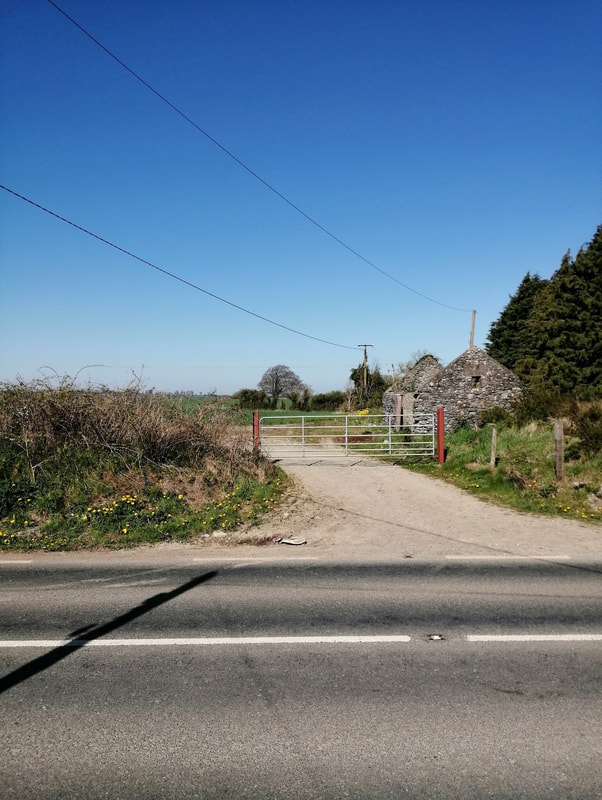
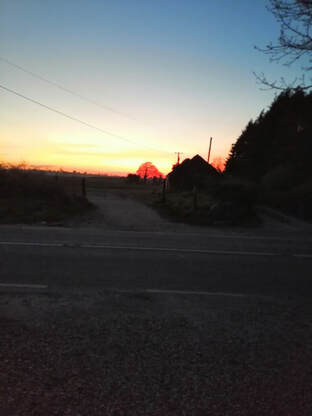
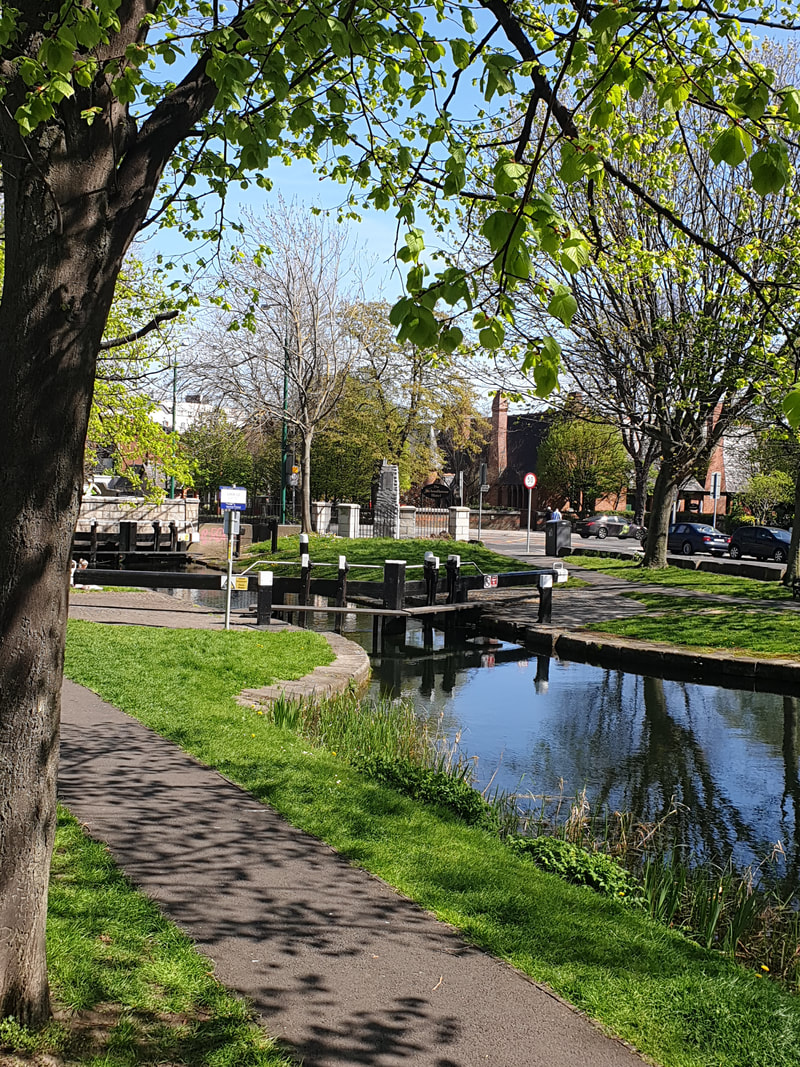
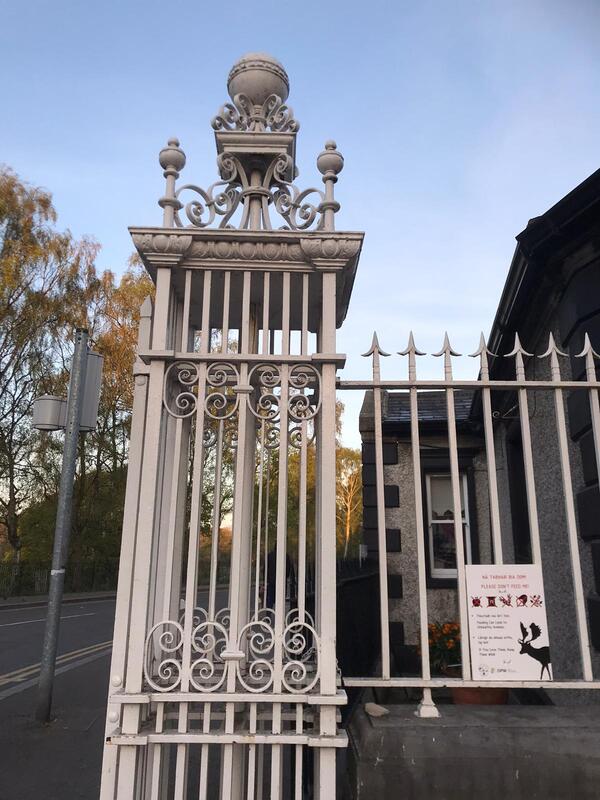
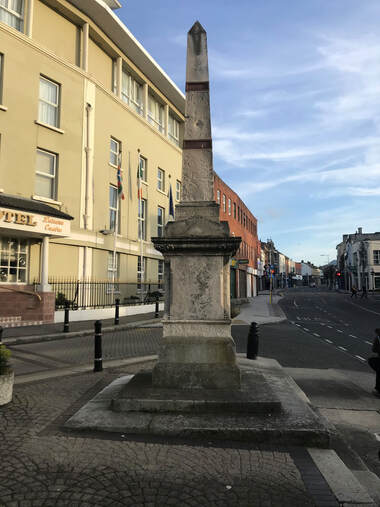
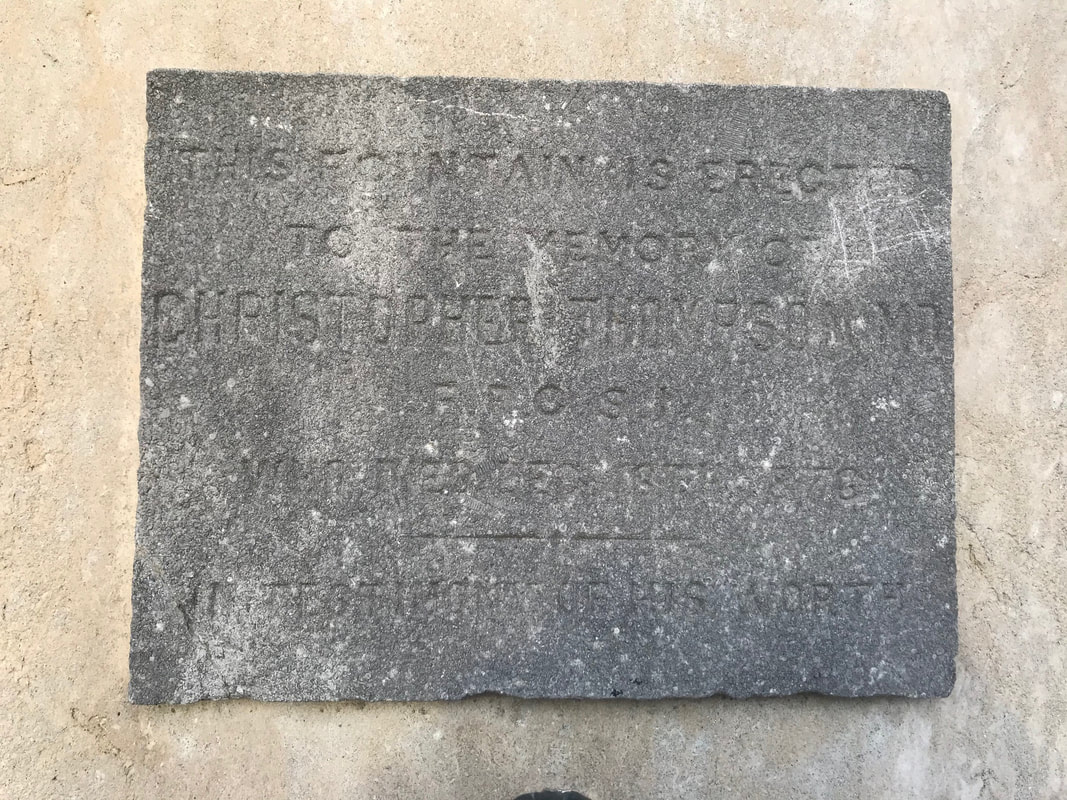

 RSS Feed
RSS Feed